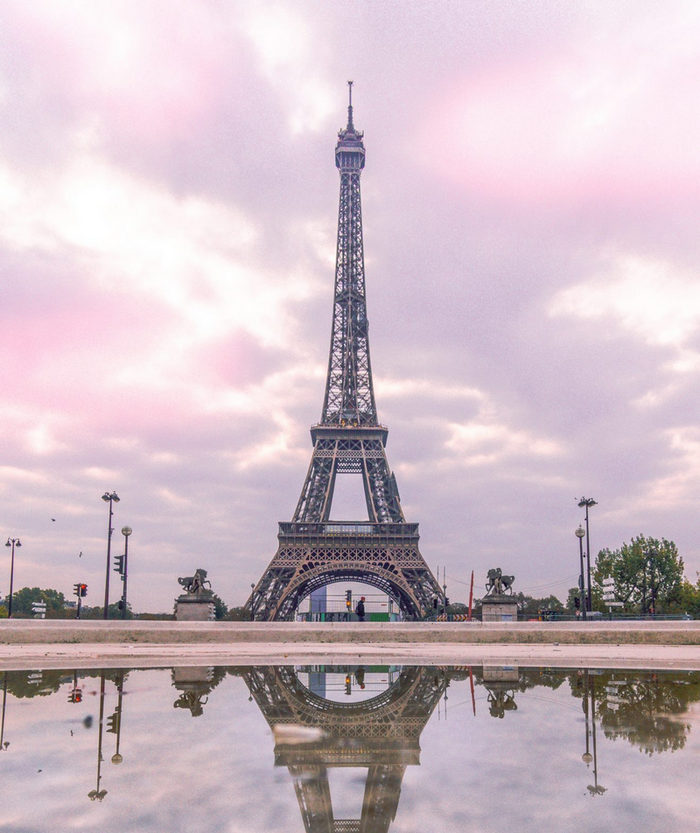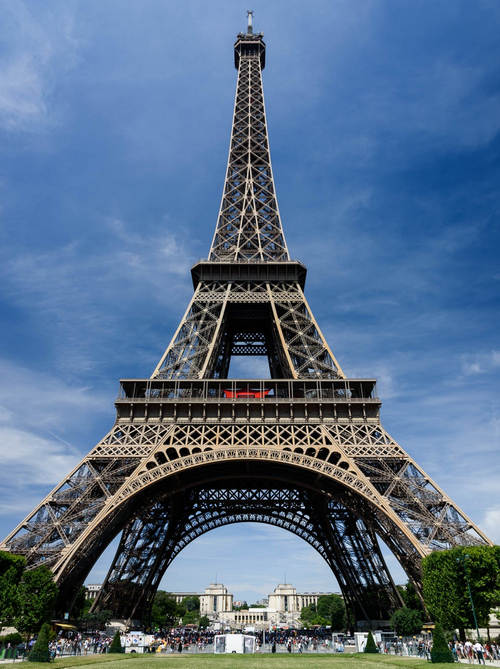Why was the Eiffel Tower built?

The 1889 Universal Exhibition Success
The 1889 Exposition Universelle, in commemoration of the French Revolution centennial, was a total success. Paris received millions of visitors in Champ-de-Mars, and the main attraction was without a doubt, the Eiffel Tower. From May to November, people from all over the world came to visit and see first-handed the world’s tallest building so far.
Since the lifts weren’t yet functiona at the time of exposition, all that were able climbed up the stairs to the top, which meant 1,710 steps! And, since airplanes did not yet exist, people were able to get a unique and spectacular view of Paris, day and night.
Every evening, the Eiffel Tower was lit up with hundreds of gas lights protected by opal glass cases. And a three-colored beacon, housed in the campanile, sent out each night blue, white and red light over Paris. To top it all off, everyday was a cannon shot was fired to announce the opening and closing of the Exposition. There were all sorts of boutiques and restaurants were available to the public.
The Eiffel Tower was to be dismounted
The Eiffel Tower was supposed to be dismounted after 20 years, but Gustave Eiffel knew he had to protect it at all cost. From the moment he first presented the project in 1886, he knew that the Tower’s survival would only come from by stating the different scientific uses: meteorological and astronomical observations, physics experiments, a very strategic vantage point (due to its obvious height), a beacon for electric lighting and wind studies, and many more.
However, the ultimate move to ensure the Tower wouldn’t be taken apart was turning it into a giant antenna for military use. This made the case to keep the Tower up and Eiffel got his concession renewed in 1910.


Other Uses: Eiffel’s Experiments
From day two, after the Eiffel Tower’s inauguration, Gustave Eiffel installed a meteorology lab on the 3rd floor. He was very passionate of science and wanted to research ensure the Tower fulfilled its main purpose. He studied different phenomenons, conducted experiments and studies in aerodynamics, meteorology, physics, air resistance, and eventually radio contact that would turn into what we know today as broadcasting.
Eiffel enjoyed his time up in the Tower, and even spent quite some time up there with Thomas Edison, discussing their research and comparing studies. He dedicated his last thirty years of his life to scientific research.
What use does it have today?
The Eiffel Tower today is considered to be the most visited monument worldwide. receiving over 7 million tourists per year, most of them foreign. It’s one of Paris’ major must see places when you’re in town. Since the inauguration in 1889, it has been the center of many events, national and international, and one of the favorite spots to receive the New Year.
Thanks to Eiffel’s ingenious design, the Tower has been able to keep its scientific purpose since the first radio contact. It has been constantly renovated and modified to keep up with modern changes and visited every day from people all over the world.

